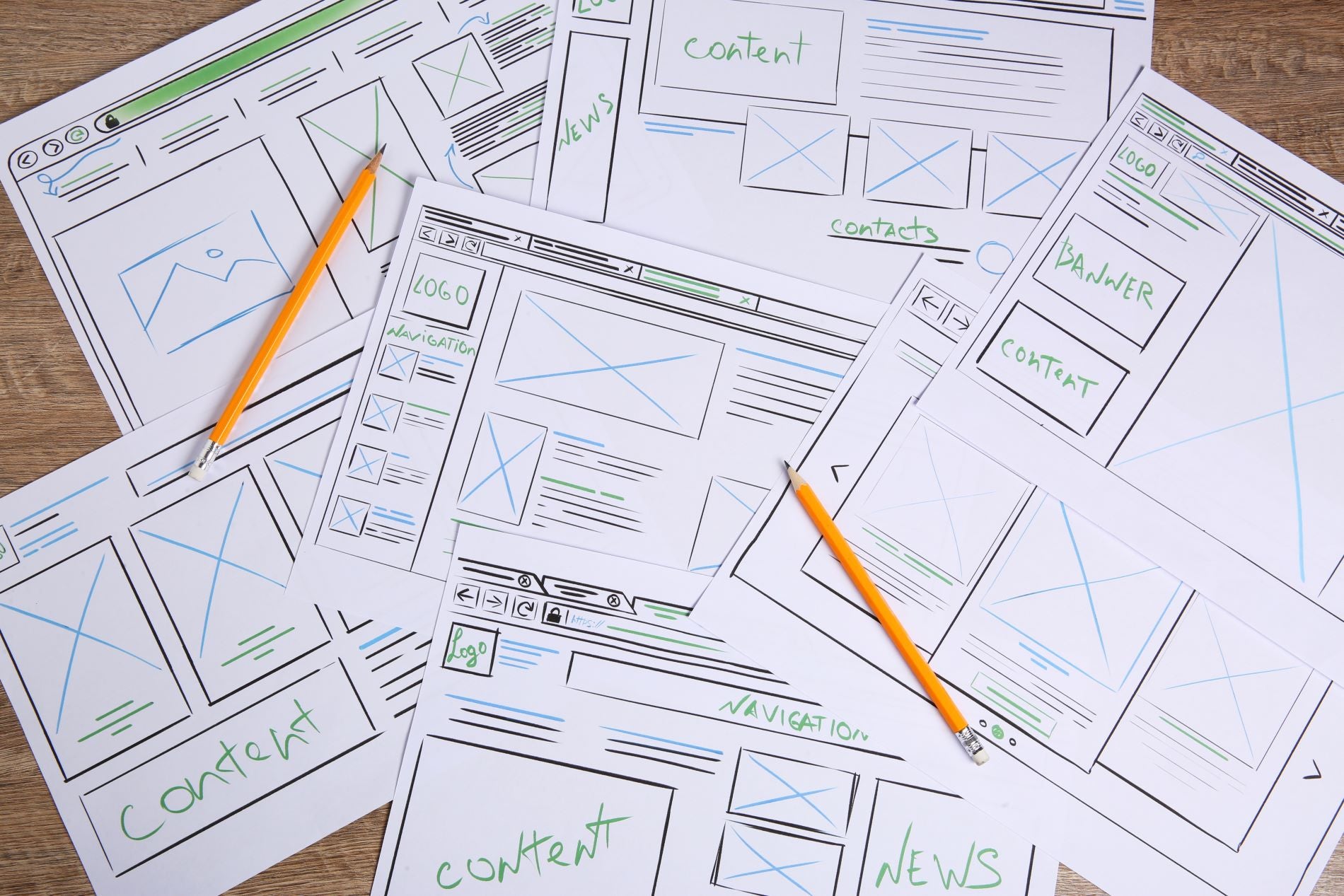Current information reveals that on-line companies danger dropping as much as 5% of their internet visitors as a consequence of poor accessibility. This implies your ecommerce web site could also be unintentionally excluding disabled customers, particularly these counting on display screen readers or keyboard navigation.
Whereas doubtless unintentional, a poorly designed website can have severe penalties. Not solely may it cut back the variety of guests who can simply navigate and interact along with your content material, impacting your gross sales, however there’s additionally a danger it may land your corporation in authorized hassle.
What makes an accessible web site?
Whereas on-line companies might not want to put in ramps or lifts to assist disabled buyers in accessing the premises, they’re not exempt from making accessibility issues. However what does ‘accessibility’ imply in a digital context?
It primarily implies that your web site can be utilized by folks with visible, cognitive, or motor impairments. And research have lately proven that ecommerce websites aren’t doing sufficient.
As many as 1 in 20 UK customers are unable to correctly entry web sites, amounting to as a lot as 5% in misplaced internet visitors and conversions, as reported by Ecommerce Information.
Is it unlawful for an internet site to not be accessible?
A minefield of dangers lies beneath each inaccessible web site. First, poor accessibility typically ends in Google penalties, which may considerably hurt your efficiency on serps. Moreover, inefficient buyer journeys, akin to difficulties throughout navigation or checkout, can drive guests away, resulting in misplaced gross sales and deserted carts.
Your model’s popularity can be in danger; in right now’s digital-first world, a poorly designed website can rapidly turn out to be a destructive speaking level.
Most significantly, you can face authorized hassle. The Equality Act 2010 applies simply as a lot to on-line companies because it does to brick-and-mortar companies. This implies on-line sellers could be held liable if their web sites create “boundaries” for buyers with disabilities.
Manufacturers discovered responsible of accessibility violations could also be topic to discrimination claims in civil courts, doubtlessly leading to limitless fines as a result of absence of caps on compensation. Necessary injunctions to enhance your website’s accessibility may additionally be enforced.
Whereas authorized motion at the moment depends upon precise consumer complaints, that is prone to change as enforcement amps up, notably with evolving EU-linked laws.
What are the most typical accessibility errors on web sites?
Frequent boundaries on ecommerce websites embrace low-contrast textual content, unreadable color combos, lacking alt textual content, and complicated navigation.
Web site builders like Shopify, Wix, and WooCommerce provide built-in instruments for accessible design, however the duty remains to be with sellers to actively use them.
It’s additionally essential to keep in mind that accessibility is mobile-first. Over 60% of ecommerce looking occurs on smartphones.
And in case your website has accessibility points, this will probably be exacerbated on smaller screens. Due to this fact, it’s vital to spend time optimising your website for all customers.
How to make sure your on-line retailer is accessible
To make your website extra accessible, you may first run a free audit utilizing a device like Google Lighthouse. This can draw consideration to any particular drawback areas your website at the moment has.
In case you’re utilizing pictures, be certain that you additionally use descriptive alt textual content (in-line with Search Engine Optimisation suggestions) and that headings are clear and structured. This can assist these utilizing display screen readers simply navigate your on-line retailer.
It’s additionally vital to decide on colors and fonts correctly. Keep on with high-contrast colors in order that the textual content could be clearly outlined from the background, no purple textual content on a inexperienced background, for instance. And make sure you use readable fonts, in order that visually impaired buyers or these utilizing display screen readers can nonetheless navigate your website.
Lastly, study your checkout course of through the use of keyboard navigation solely; this may flag any accessibility points for folks relying solely on keyboards.
For a complete benchmark, consult with the Net Content material Accessibility Tips (WCAG 2.1). Or, for knowledgeable audit, you may also rent an online designer.
Bear in mind, enhancing accessibility isn’t nearly authorized compliance. It results in a greater consumer expertise, boosts website positioning, and opens your retailer to a wider, extra various buyer base.

Related posts
Subscribe
* You will receive the latest news and updates!
Quick Cook!
High 7 Halloween Dropshipping Merchandise To Promote In October
October is nearly right here, that means the Autumn season is properly and really underway. However among the many longer…
Can You Legally Monitor Employees With Bossware?
Many workers suspect their bosses are watching them, and in lots of instances, they’re proper. Within the UK, practically a…



